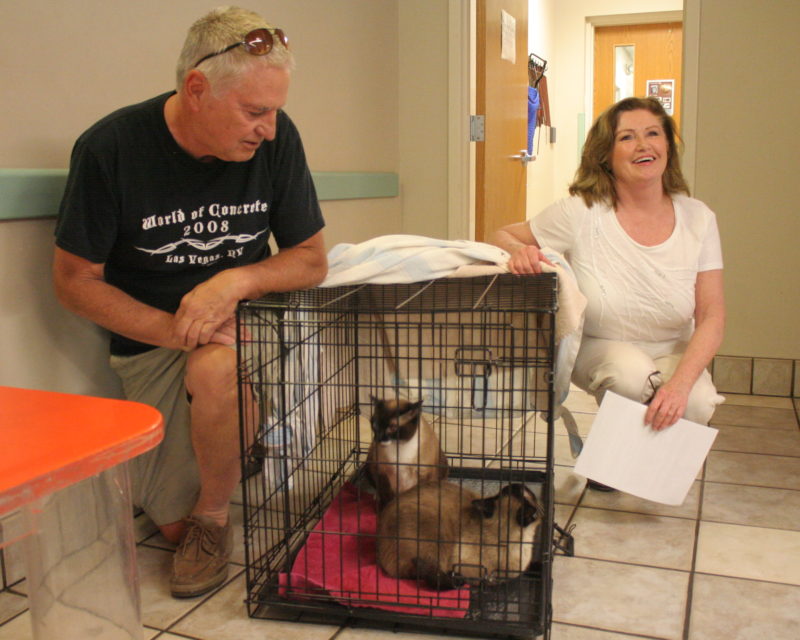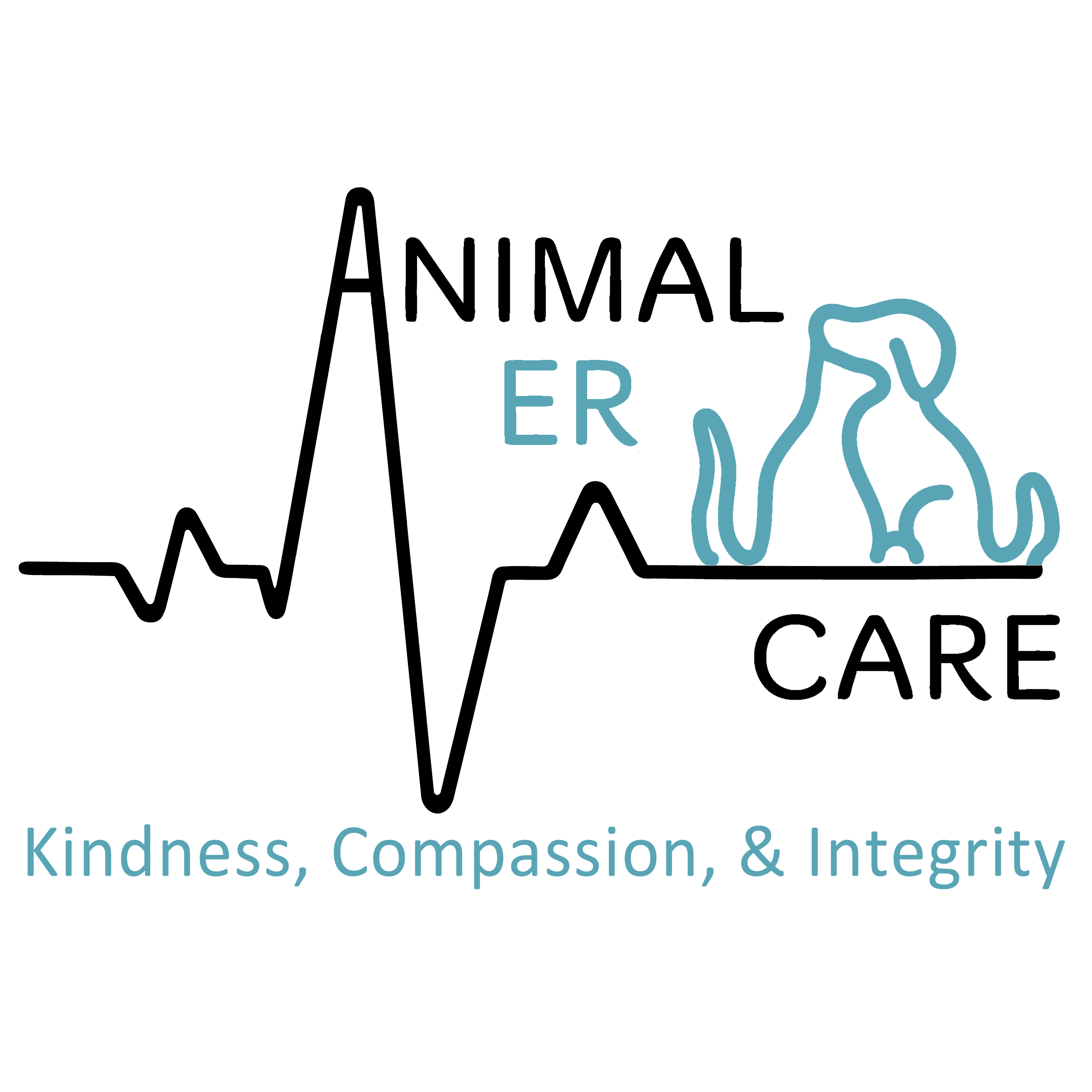Disaster Preparedness
Be ready
It’s not a matter of if, but when. Make a plan now for evacuating and taking care of pets in the event of a disaster – animals need emergency supplies, too! These printable checklists will help you get started on your own evacuation kit.

Frequently asked questions
Pet owners have additional challenges when an evacuation is required, and share a natural instinct to not leave pets behind. Personal, community and state plans to support animal evacuation and sheltering are essential in protecting both people and pets.
Make a list of friends and family who would be willing to take your pets on a temporary basis. Other locations include veterinary hospitals, boarding kennels and public evacuation shelters. Some hotels allow pets, and you can find out here.
Pet owners should evacuate with their animals whenever possible. Many communities are working on plans to co-locate temporary emergency animal shelters near public evacuation shelters. This means that in some cases, depending on resource availability, animals would be staying near their owners, but not sharing the same space. Owners may be expected to help care for their animals at such shelters. Depending on circumstances, it may be more feasible for the community to shelter pets at local animal facilities, such as animal shelters, kennels or veterinary hospitals.
Service animals are animals that provide assistance for a medical disability. They are not considered to be pets and will be allowed to stay with their owners.
Create a “buddy plan” with nearby relatives, friends or neighbors to help each other with animal evacuation. Make sure your “buddy” has written permission to care for your animals and access to your pet emergency kit and kennels. If you need assistance with pet evacuation, you may contact the local animal control agency or humane society to request evacuation assistance for your pets as soon as possible. Place a clearly visible window sticker in your window to indicate the type and number of pets. Make sure to keep this up to date as inaccurate information could endanger fire/emergency personnel.
Keep pets up to date on preventative healthcare. Keep copies of all vaccinations/health records. Record contact information for your veterinarian.
Be able to identify your pets:
- Microchip implantation is an excellent way to identify pets, but make sure the chip is registered to your current address.
- Take photographs of you and your pet together.
- Make sure your pet is wearing a collar or harness with identification tags.
- Give backup copies of essential identification information to someone out of the area.
Have one airline kennel or cage per pet. Mark the kennel with your name, address, phone and an alternate contact. Make sure kennels are large enough to allow your pet to stand up and turn around, and to accommodate the pet and food and water bowls. Familiarize your pets with sleeping in the kennel/cage. Kennels for cats should be large enough to accommodate a small litter box. Pillow cases will work for transporting cats in an emergency.








